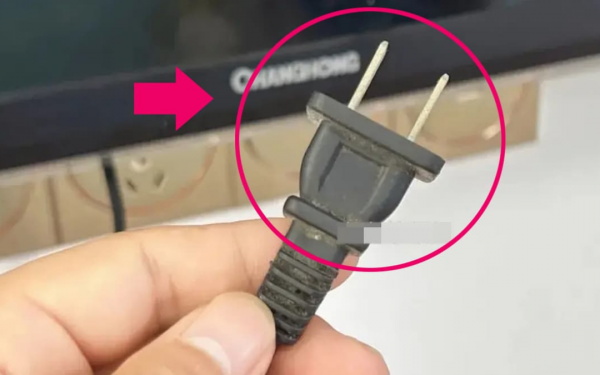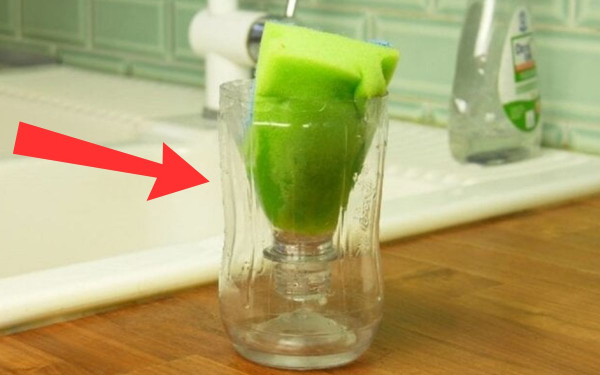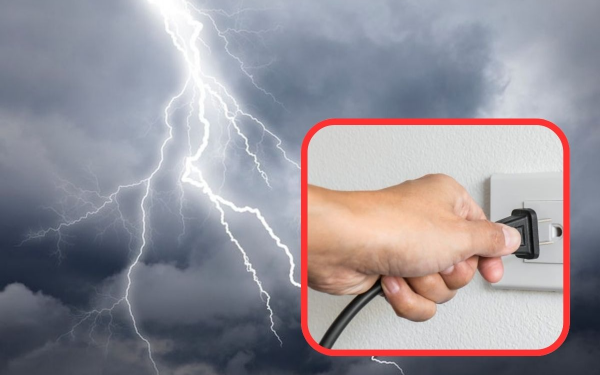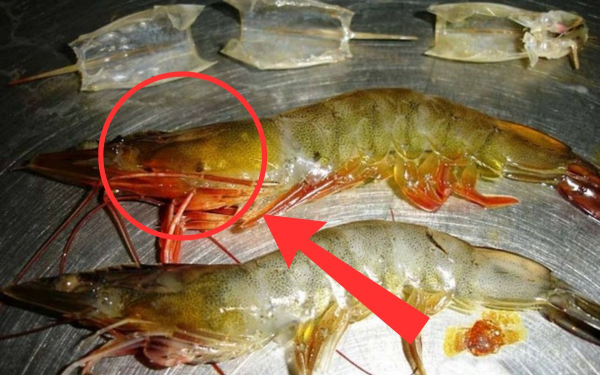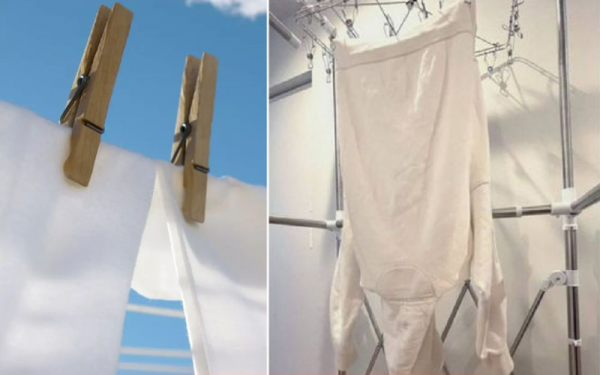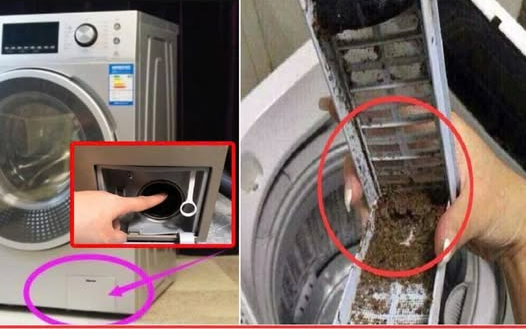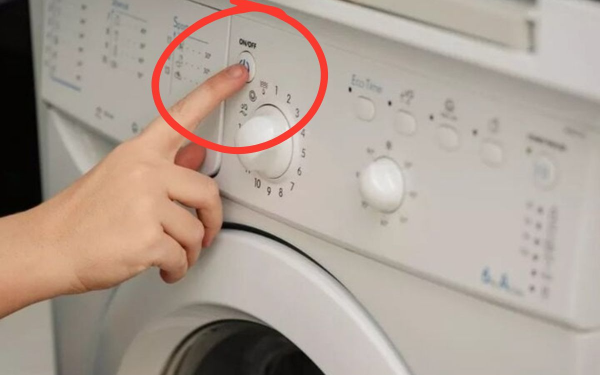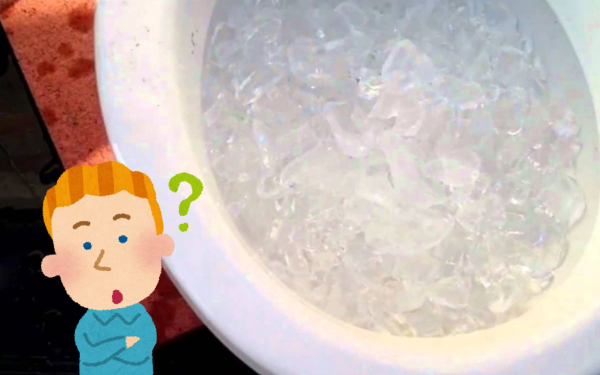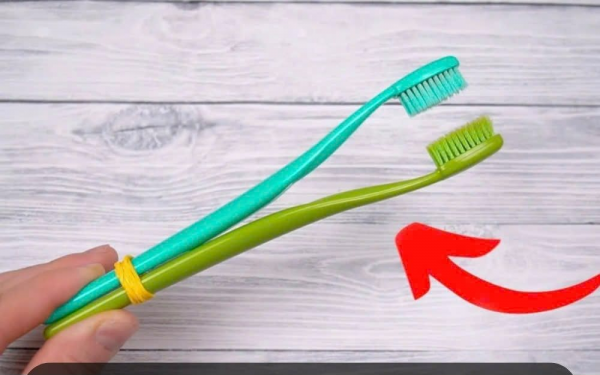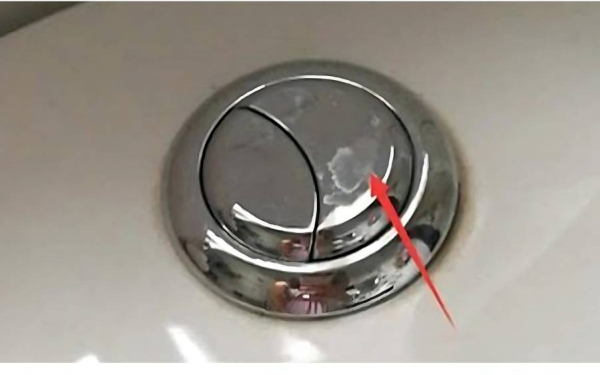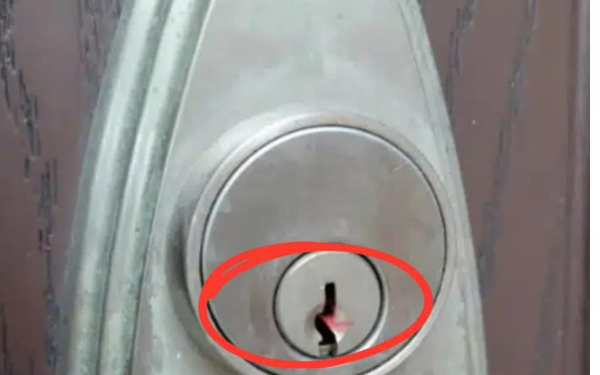Put a Little Salt in Your Fridge and See Its Amazing Benefits
People often say, “A smart woman may struggle to cook without rice, but with just a little salt, she can create surprising meals.”
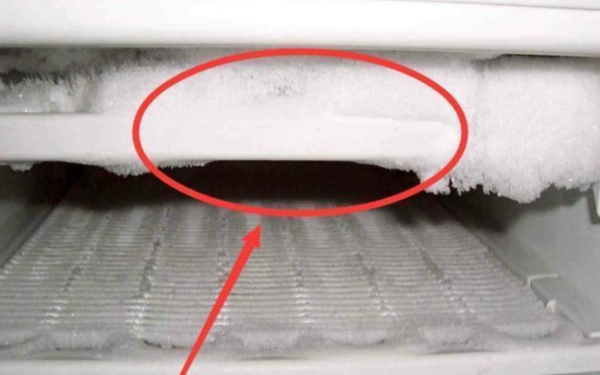
This is not just wisdom in cooking but also a life hack for efficiency and cost-saving. In an era of rising electricity bills, a small trick involving your refrigerator can actually save you hundreds of dollars on energy costs each month.
Why Your Refrigerator Increases Your Electricity BillThe refrigerator, an essential home appliance we use multiple times a day, has unknowingly become a "major energy consumer" on our electricity bills. Every time you open the door, cold air escapes, and the temperature inside rises, forcing the compressor to work harder to restore the cooling environment.
Over time, frost buildup and decreased efficiency further increase energy consumption, leading to higher electricity bills. We all know that reducing the frequency and duration of opening the fridge door is a simple way to cut down on energy waste.
After all, every time you open the door, it's like taking money out of your wallet—over time, it adds up. But aside from this common practice, is there a more effective and convenient way to prevent your fridge from driving up your electricity bill?
How Refrigerators Work and Why Frost FormsTo understand how to save energy, let's first look at why frost forms in your fridge.
A refrigerator relies on a compressor to create a low-temperature environment that keeps food fresh. However, during this process, moisture in the air condenses on the walls of the freezer compartment, forming frost.
As this frost layer thickens, cooling efficiency decreases, forcing the compressor to run longer to maintain the set temperature. This is one of the biggest culprits behind high electricity bills.
The Simple Trick: Salt and a Small BowlNow, let’s talk about a simple yet effective method to cut down your energy costs. This technique requires no special tools or complicated steps—all you need is table salt and a small bowl.
Yes, just the ordinary salt you use in daily cooking.
How does salt work? The chemical properties of salt lower the freezing point of water—a concept many of us learned in high school science. When salt dissolves in water, it prevents water molecules from forming ice crystals, effectively lowering the freezing point. This is known as the freezing point depression effect.
How to Apply This Trick: Take a clean, small bowl and add an appropriate amount of table salt. Add some water to create a saltwater solution. Place the bowl inside your fridge (preferably in a corner).As your refrigerator runs, the saltwater solution will absorb moisture from the air, reducing frost buildup. Since saltwater has a much lower freezing point than pure water, it won't freeze as easily inside the fridge.
The Science Behind the MagicSounds like a life hack, right? But this method is backed by science.
By preventing excessive frost buildup, this trick saves you from frequent manual defrosting and reduces the workload of the compressor, ultimately lowering energy consumption.
With this simple change, you might be surprised at how much lower your next electricity bill is compared to the previous month.
Additional Tips to Save EnergyOf course, using salt alone is not enough. Here are some extra habits that can further enhance your fridge’s efficiency:
✅ Take out all the food you need at once to minimize door openings.
✅ Ensure the fridge door seals properly and regularly check/clean the rubber gaskets.
✅ Clean the drainage holes and pipes regularly to prevent blockages.
✅ Organize food properly based on season and type.
✅ Adjust the temperature settings to avoid excessive freezing.
These simple adjustments, combined with the smart use of salt, create an effective energy-saving solution. Not only will your refrigerator work more efficiently, but your lifestyle will become more economical and environmentally friendly.
Just think—what could you do with the money saved on electricity bills?

